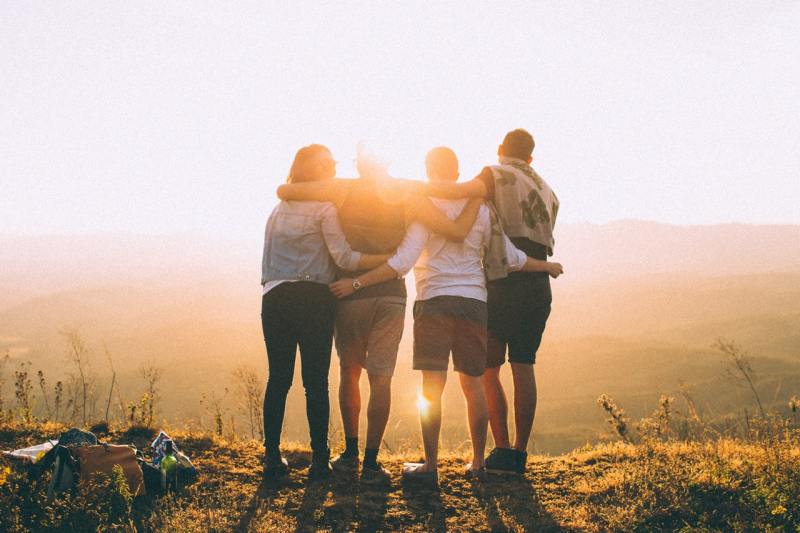This spring break, I traveled to rural Illinois on an Alternative Spring Break (ASB) trip meant to explore the rural-urban divide. Much could be said about the content of the trip and everything I learned about rural issues. For the purpose of this reflection, however, I want to focus instead on the people I traveled with, and what the ASB program offers in terms of social bonds.
ASB trips require all participants to take a one-unit class during winter quarter, prior to their travel. Each Tuesday evening, my ASB group met in the anthropology building to learn about a different challenge in rural America. Our trip leaders came to class each week with snacks and impeccably researched PowerPoint presentations. We had a handful of interesting guest speakers, and each week a different student would give a five-minute presentation on an issue of their choice.
I enjoyed the ASB class for its educational benefits, but it also made me a bit nervous; I’d joined the program three weeks late, and by the end of the quarter, I still didn’t know everyone’s name. I was about to embark on a weeklong journey to a rural town with 13 people I hardly knew. Were we going to spend the whole week on our phones, awkwardly crammed into two minivans, minding our own business in between activities?
Thankfully, my fears were not realized. On the contrary, my ASB trip turned out to be the most positive social experience of my sophomore year at Stanford.
My time in Illinois was pervaded by a universal eagerness to know one another beneath the surface. This was reflected on our minivan rides and in our late-night conversations, as well as organized activities like Spotlights. People chose to be authentic, unbridled and generous in their respect and interest in one another. I learned about students’ families, romantic lives, mental health and many other topics that we so rarely breach with acquaintances. After only a week together, I came out of the trip with several close friends who know me on the same level as the casual friends I made at the beginning of freshman year.
Our ASB trip reminded me of that giddy, socially connected feeling I experienced during my freshman fall, back when so many of us let down our protective mental walls in the service of making lifelong friends. Being on an ASB trip seemed to flip a switch in my mind, from reserved, self-contained Avery to communal, mutually-dependent Avery. The whole experience made me nostalgic for freshman year, when this version of myself was the rule rather than the exception.
Perhaps the social orientation of freshman year isn’t sustainable; it takes a massive amount of effort and loses importance once solid friendships have been established. There’s no need to rush around trying to make close friends when you already have a handful by your side.
That being said, my ASB trip proved that it’s important, for mind and spirit, to create little opportunities for vulnerable socialization. It is important to have stable, close friendships, but it is not sufficient to really embrace the wonder of humankind. We must occasionally plunge ourselves into communal social situations to remind us of our respect, care and appreciation for the people around us, friends and strangers alike. In essence, we must find ways to awaken ourselves to others’ stories and the connections that are formed through open-minded trust.
If any of this makes you nostalgic for more social days, consider doing an ASB, a Sophomore College or any of the many group programs that Stanford has to offer. Don’t worry about the subject or location too much; at the end of the day, it’s about the people.
Contact Avery Rogers at averyr ‘at’ stanford.edu.
